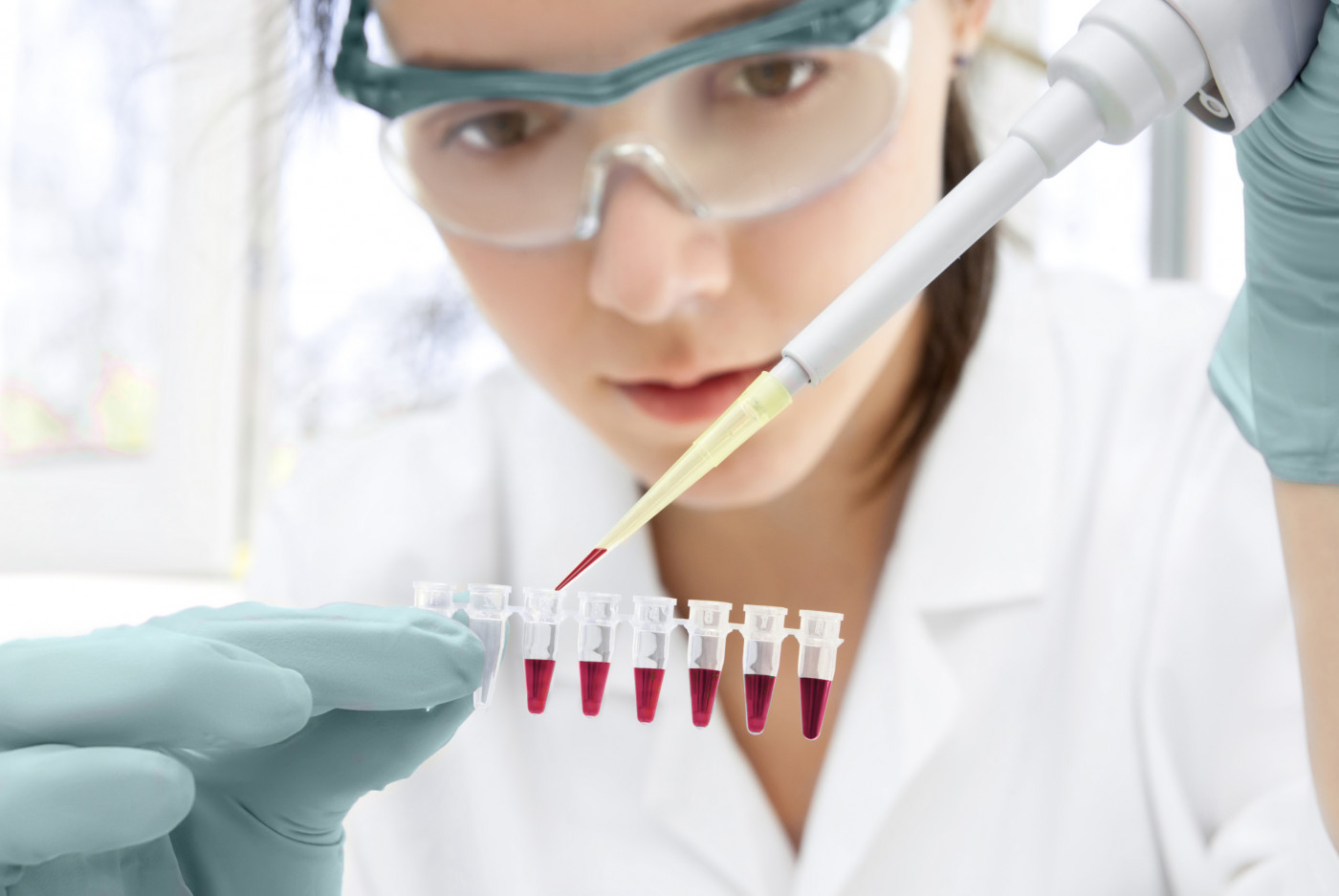Tumor Markers in Blood May Help Diagnose Lung Disease in Sjögren’s Patients, Study Finds

The tumor protein CA153 may be a valuable blood biomarker for the early diagnosis and treatment of interstitial lung disease (ILD) in people with primary Sjögren’s syndrome (pSS), a recent study found.
The study, “Increases in tumor markers are associated with primary Sjögren’s syndrome-associated interstitial lung disease,” was published in the journal Therapeutic Advances in Chronic Diseases.
While about 25% of patients with pSS have ILD as a manifestation of their disease, diagnosing this lung condition remains a challenge.
ILD is characterized by inflammation and irreversible scarring of the lungs, resulting in cough and shortness of breath that can significantly affect quality of life and decrease survival. But the early symptoms of ILD are typically unusual in people with Sjögren’s, resulting in delayed diagnosis and treatment.
That is why there is a need for accurate biomarkers to predict the likelihood of having ILD in Sjögren’s patients. According to prior studies, certain tumor biomarkers are present in high levels in ILD patients and potentially could address this need.
Researchers at The Second Hospital of Shanxi Medical University, in China, investigated a panel of tumor biomarkers in pSS patients with and without ILD.
Blood biomarkers included carbohydrate antigen (CA)153, CA125 , CA19-9, carcinoembryonic antigen (CEA), neuron-specific enolase (NSE), beta-human chorionic gonadotropin, alpha fetoprotein, CA724, and complexed prostate specific antigen.
A total of 706 pSS patients followed at their hospital from January 2015 to April 2019 were enrolled. Of those, 168 were deemed to have ILD based on high-resolution imaging scans, meaning that the prevalence of ILD in this population was about 24% and similar to prior reports.
Patients with and without ILD generally had similar characteristics in terms of sex, age, and disease duration; but those with ILD had greater disease activity, higher platelet counts, and increased markers of inflammation.
The team found that blood levels of NSE, CEA, CA125, and CA153 were all significantly higher in ILD patients than in pSS patients without ILD. Other markers were not significantly different across the two groups.
While no marker was associated with EULAR Sjögren’s syndrome disease activity index (ESSDAI) scores, some markers associated with inflammation measures, suggesting they “might be involved in the pathogenesis of the ILD in patients with pSS rather than pSS,” the researchers wrote.
Statistical analysis found two biomarkers that increased the likelihood of Sjögren’s-associated ILD. People with high CA153 levels were 4.5 times more likely to have pSS-ILD, and those with high CEA levels were 2.9 times more likely to have that manifestation of Sjögren’s.
However, CA153 had superior diagnostic value over the other biomarkers, being able to distinguish ILD from non-ILD Sjögren’s patients with an accuracy of 74%. Other biomarkers had accuracies below the 70% mark.
A combination of three, or all four, biomarkers — NSE, CEA, CA125, and CA153 — raised the accuracy to 77%, but this was not significantly different from using CA153 alone, the researchers noted.
“Tumor markers are not only risk factors for ILD, but may also be a diagnostic indicator for early ILD,” the investigators wrote. “Serum CA153 has the superior diagnostic value in pSS-ILD patients, compared with other tumor markers.”
The team noted that the retrospective nature of this study limited them from knowing which patients developed cancer and the influence of medications on those tumor biomarkers. The lack of healthy controls also is a limitation of the study.
Overall, the findings suggest that primary Sjögren’s “patients with higher levels of serum CA153 may have a higher risk of ILD in the absence of other causes, such as benign and malignant tumors,” the team concluded.






